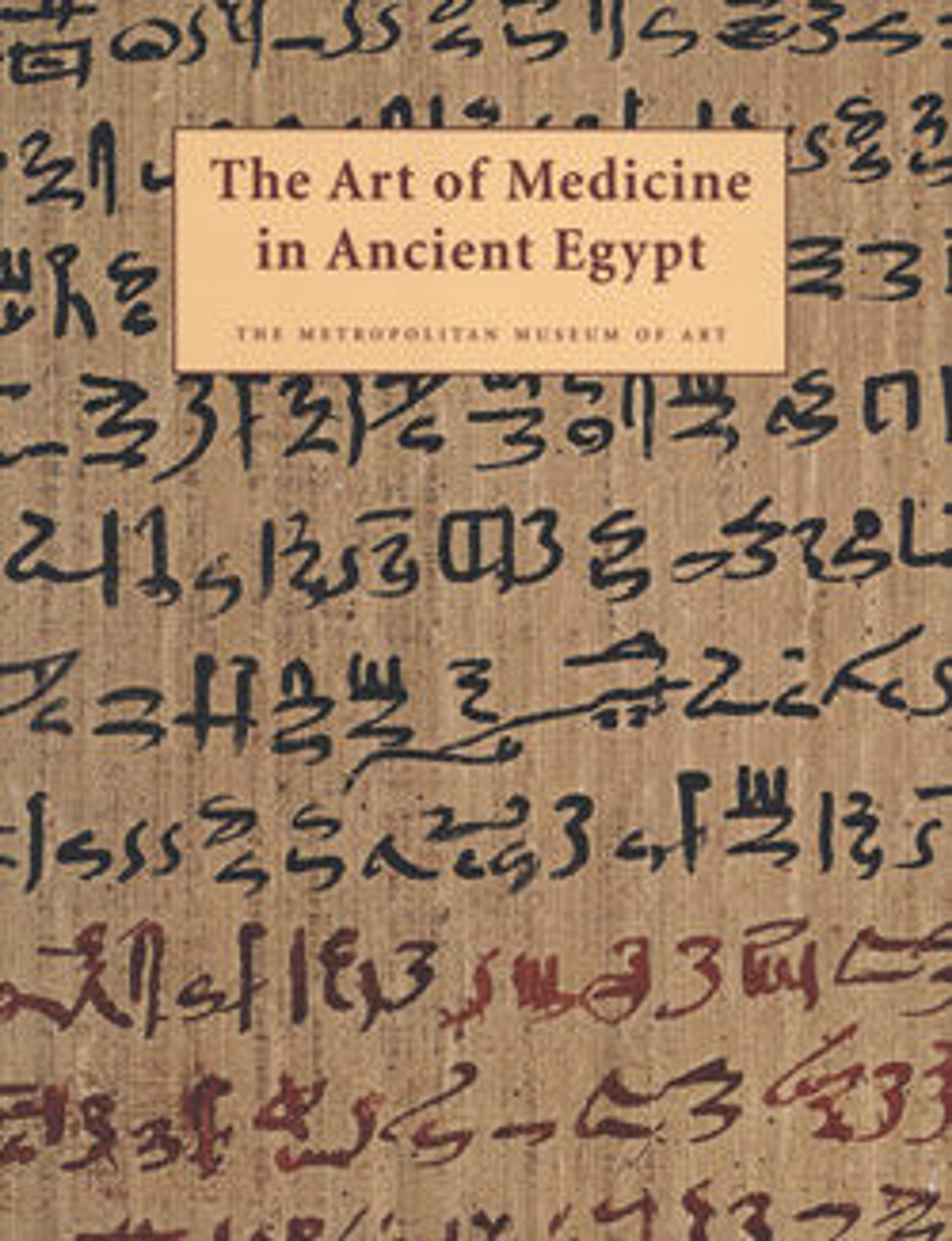Magic wand
Wands such as this were a common feature in burials of the late Middle Kingdom. This one shows signs of wear on one tip, suggesting that it was used over a period of time before being placed in the tomb. The wand is decorated on one side with the figures of protective deities most of whom carry knives to ward off evil spirits.
Some wands, like this one, and 30.8.218 are inscribed on the front with the words "protection by day" and "protection by night." Another wand in the collection (08.200.19) has a longer inscription on the back. The texts indicate that the wands were used to defend infants against malign forces, perhaps by scratching a circle in the earth around the area where they slept. Having provided defense against illness during life, after death the wands were placed in the tomb to ensure the continued protection of the deceased's spirit in its eternal afterlife.
Some wands, like this one, and 30.8.218 are inscribed on the front with the words "protection by day" and "protection by night." Another wand in the collection (08.200.19) has a longer inscription on the back. The texts indicate that the wands were used to defend infants against malign forces, perhaps by scratching a circle in the earth around the area where they slept. Having provided defense against illness during life, after death the wands were placed in the tomb to ensure the continued protection of the deceased's spirit in its eternal afterlife.
Artwork Details
- Title:Magic wand
- Period:Middle Kingdom
- Dynasty:Dynasty 12, late–early 13
- Date:ca. 1850–1640 B.C.
- Geography:From Egypt, Memphite Region, Lisht North, Tomb of Nakht (493), brick building east, Pit 475, MMA excavations, 1913–14
- Medium:Ivory: Hippopotamus
- Dimensions:L. 26.7 × W. 4.5 × H. 9.4 × Th. 0.6 cm (10 1/2 × 1 3/4 × 3 11/16 × 1/4 in.)
- Credit Line:Rogers Fund, 1915
- Object Number:15.3.197
- Curatorial Department: Egyptian Art
More Artwork
Research Resources
The Met provides unparalleled resources for research and welcomes an international community of students and scholars. The Met's Open Access API is where creators and researchers can connect to the The Met collection. Open Access data and public domain images are available for unrestricted commercial and noncommercial use without permission or fee.
To request images under copyright and other restrictions, please use this Image Request form.
Feedback
We continue to research and examine historical and cultural context for objects in The Met collection. If you have comments or questions about this object record, please contact us using the form below. The Museum looks forward to receiving your comments.
